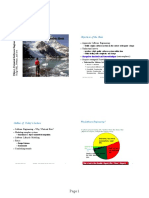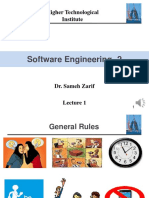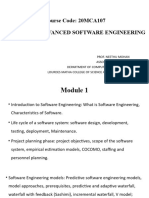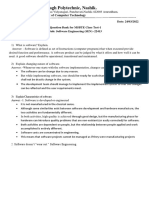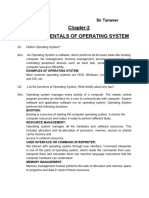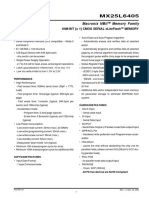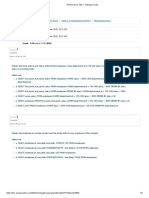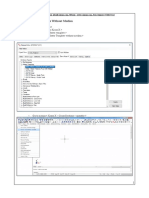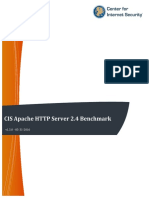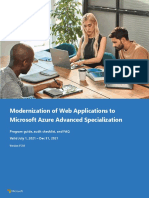0% found this document useful (0 votes)
8 views57 pages1 Introduction
The document outlines the objectives and structure of a Software Engineering class at Technische Universität München, emphasizing the importance of producing high-quality software while managing complexity and change. It covers technical and managerial knowledge acquisition, including system modeling, UML, project management, and the software lifecycle. The course involves a collaborative project with a real client, aiming to prepare students for practical software engineering challenges.
Uploaded by
Juan AguayoCopyright
© © All Rights Reserved
We take content rights seriously. If you suspect this is your content, claim it here.
Available Formats
Download as PDF, TXT or read online on Scribd
0% found this document useful (0 votes)
8 views57 pages1 Introduction
The document outlines the objectives and structure of a Software Engineering class at Technische Universität München, emphasizing the importance of producing high-quality software while managing complexity and change. It covers technical and managerial knowledge acquisition, including system modeling, UML, project management, and the software lifecycle. The course involves a collaborative project with a real client, aiming to prepare students for practical software engineering challenges.
Uploaded by
Juan AguayoCopyright
© © All Rights Reserved
We take content rights seriously. If you suspect this is your content, claim it here.
Available Formats
Download as PDF, TXT or read online on Scribd
/ 57















